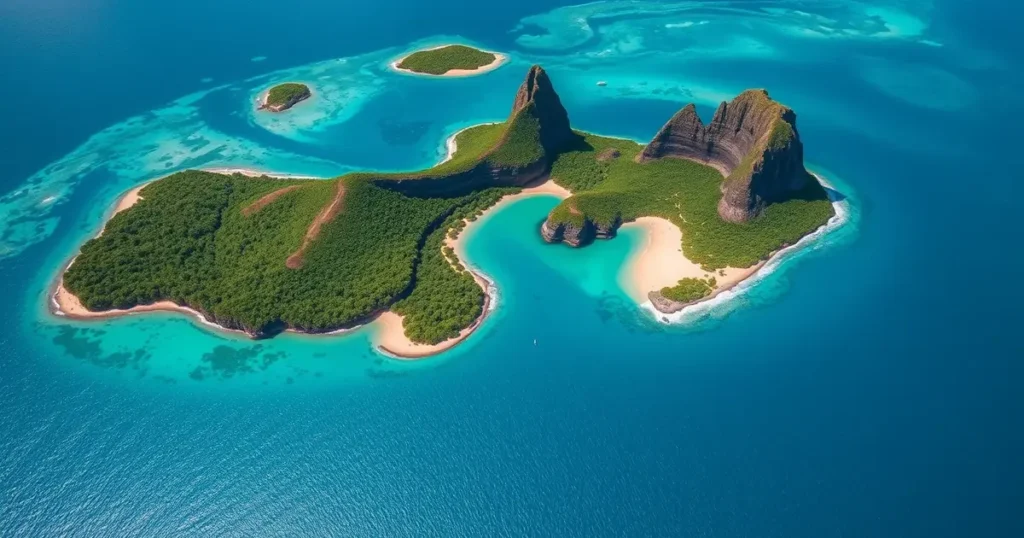Off Brazil’s northeastern coast lies Fernando de Noronha, an archipelago so pristine that UNESCO declared it a World Heritage Site. With just 21 islands spanning 26 square kilometers, this remote paradise offers an authentic alternative to Brazil’s mainstream destinations.
Conservation Success
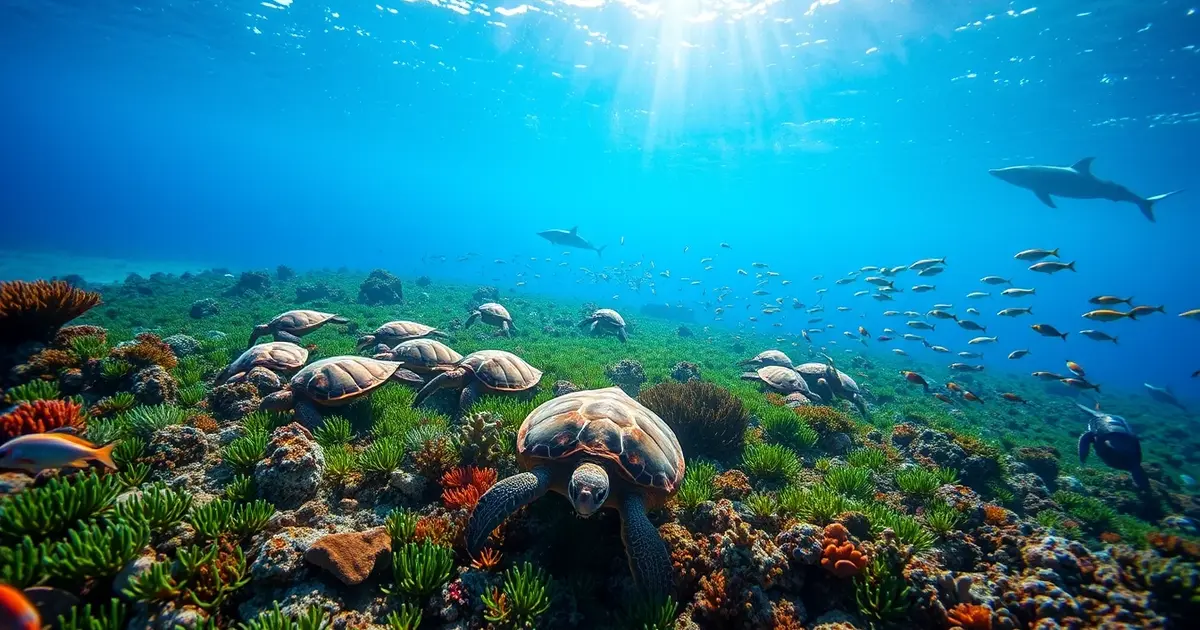
Protected Paradise
Fernando de Noronha became a National Marine Park in 1988, saving it from the fate of many overtouristed tropical destinations. The islands operate under strict conservation measures, including a daily environmental fee that increases with stay length—a clever way to limit human impact.
Thriving Biodiversity
These protective measures show clear results. The waters host rich marine life: spinner dolphins, sea turtles, rays, sharks, and over 200 fish species. On land, endemic birds like the Noronha vireo find sanctuary, while native plants flourish in protected areas.
The conservation model balances protection with tourism. Visitors become stakeholders in preservation through entrance fees that fund conservation efforts. Strict rules ensure tourism supports rather than harms this delicate ecosystem.
Perfect Beach
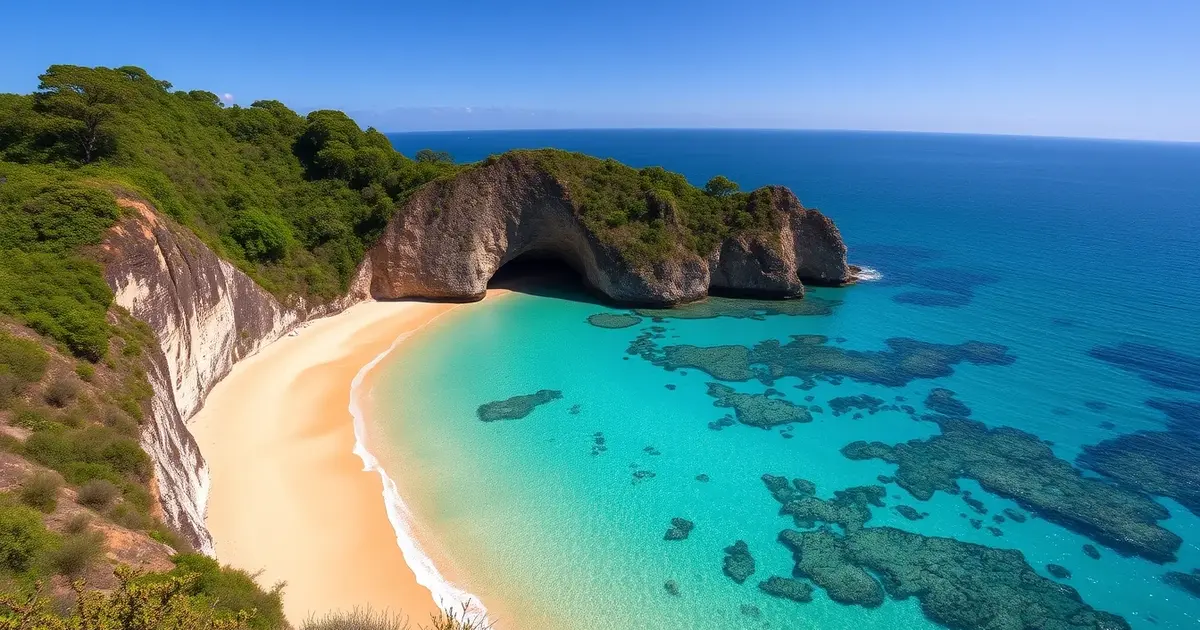
Award-Winning Baía do Sancho
Consistently ranked among the world’s best beaches, Baía do Sancho showcases Fernando de Noronha’s natural beauty. Reaching this cove requires effort—either descending a cliff ladder or arriving by boat—which helps preserve its pristine state.
The beach features golden sand meeting crystal-clear waters in a horseshoe bay surrounded by green cliffs. Protected from currents by natural rock formations, the waters offer visibility often exceeding 30 meters—perfect for snorkeling among sea turtles and colorful fish.
Unspoiled Experience
What makes Baía do Sancho special is its controlled access. Park authorities limit daily visitors, and commercial development is banned. No restaurants, rental stands, or vendors disrupt the natural setting—creating a rare, truly unspoiled beach experience.
Visit early morning or late afternoon when changing light transforms the landscape. Morning visitors might see sea turtles returning to water after nesting, while afternoon visitors often enjoy the bay in solitude.
Wildlife Encounters
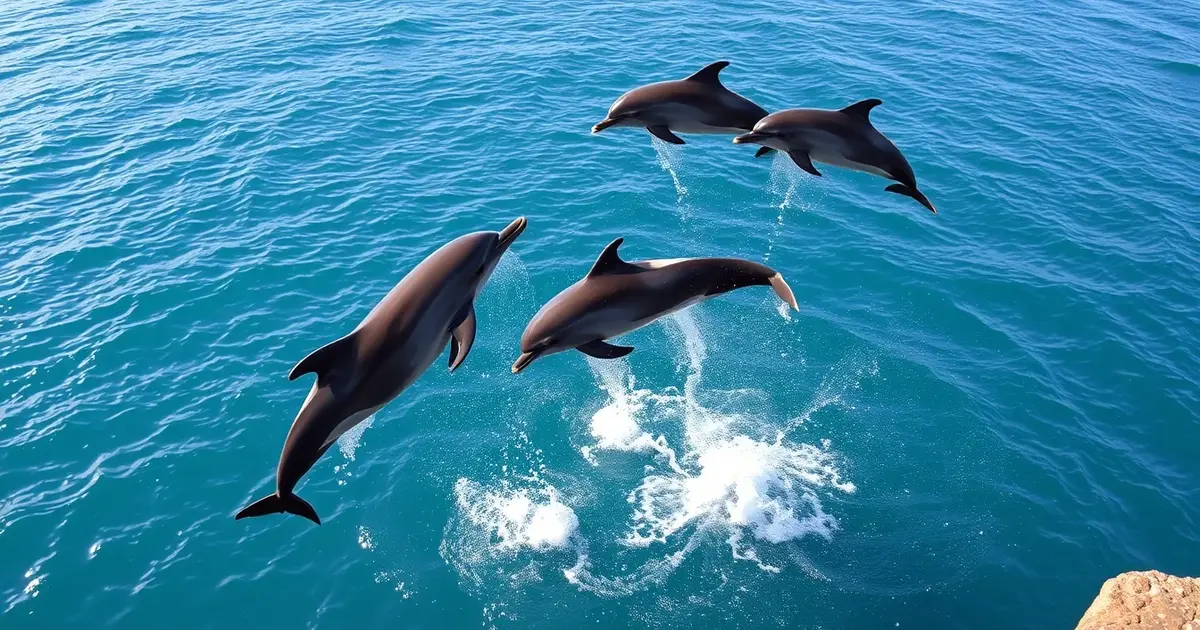
Dolphin Watching
Baía dos Golfinhos (Dolphin Bay) hosts the world’s largest resident spinner dolphin population—over 1,200 individuals. Unlike many wildlife tourism spots, encounters happen without human interference—no feeding, touching, or swimming with dolphins is allowed.
A clifftop platform at Mirante dos Golfinhos provides the perfect viewpoint to watch hundreds of dolphins entering the bay each morning. Their acrobatic displays—including spinning leaps with up to seven rotations—occur naturally without human prompting.
Responsible Tourism
This approach represents a model for responsible wildlife tourism. Research shows that strict regulations have allowed dolphin populations to thrive despite increased tourism. The experience proves that meaningful wildlife encounters don’t require close contact—sometimes thoughtful distance creates the deepest connection.
For the best experience, arrive by 6:00 AM when dolphins typically enter the bay. Bring binoculars for closer views, though the dolphins’ activities are visible without them.
Sustainable Stays
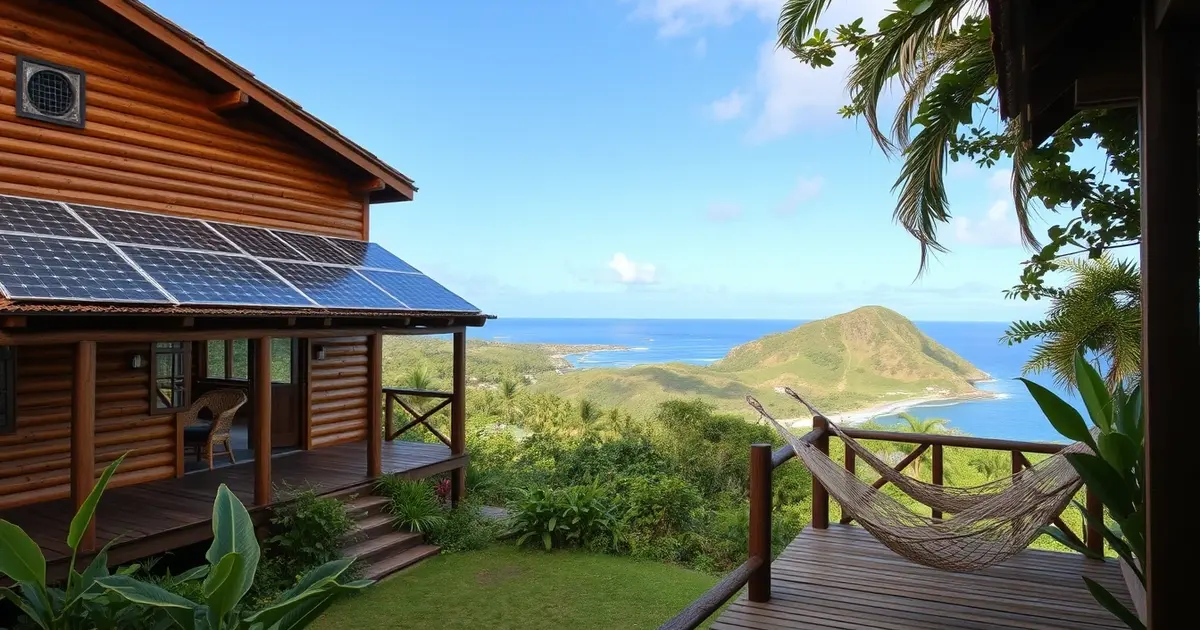
Local Pousadas
Fernando de Noronha offers small-scale pousadas (guesthouses) instead of large resorts. These family-operated establishments minimize environmental impact while supporting the local economy.
Pousada Maravilha exemplifies this approach with just eight rooms built using sustainable materials. Solar heating, rainwater collection, and natural ventilation reduce energy needs. The design blends with the landscape, offering views of Sueste Bay without disrupting nature.
Similarly, Pousada do Vale employs local staff and sources ingredients from island producers. Guests enjoy traditional Brazilian dishes while learning about local food culture through cooking demonstrations.
Conservation Partners
Many pousadas participate in environmental projects—from sea turtle monitoring to reforestation—and encourage guest involvement. This creates tourism that actively contributes to preservation rather than merely minimizing harm.
Island Exploration
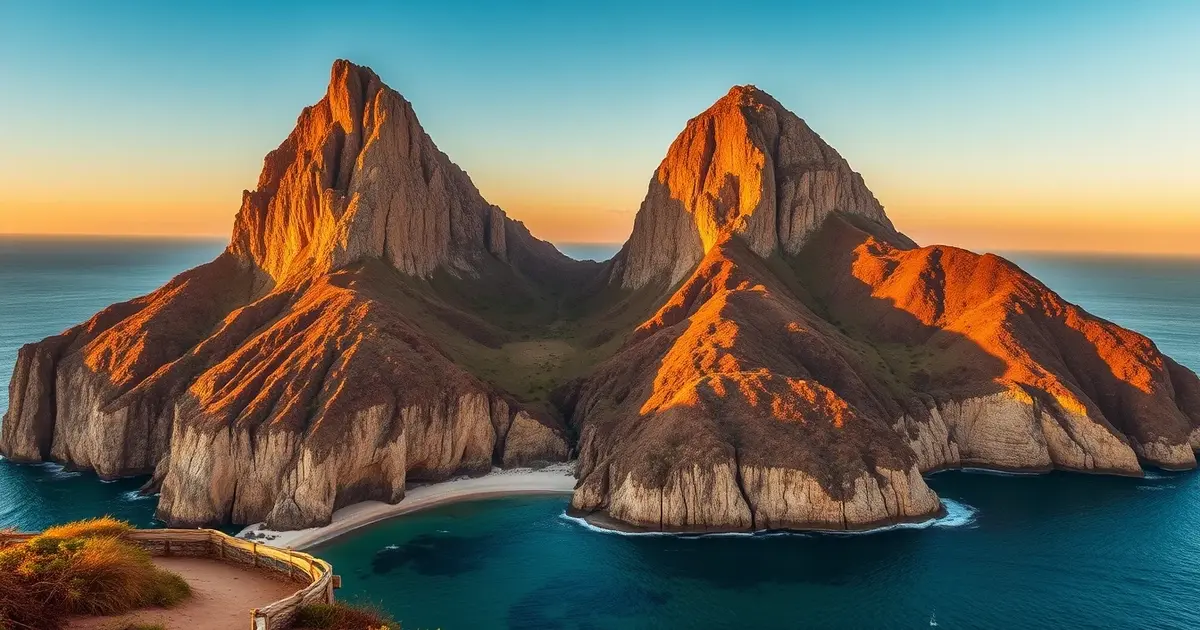
Scenic Trails
Beyond the beaches, Fernando de Noronha’s volcanic landscape offers rewarding experiences. The Trilha Costa Esmeralda (Emerald Coast Trail) traverses multiple ecosystems along its 5-kilometer path, with signs explaining the islands’ geology and ecology.
The iconic Morro Dois Irmãos (Two Brothers Hill)—twin rock formations rising from the ocean—provides the archipelago’s most photographed landmark.
History and Science
Visit the restored ruins of Forte de Nossa Senhora dos Remédios for insights into the islands’ colonial history. The TAMAR Project’s visitor center showcases efforts to protect the five endangered sea turtle species that nest on the islands’ beaches.
For travelers seeking other pristine destinations with strong conservation ethics, explore our article on Slovenia’s hidden valleys.
Address Book:
•Fernando de Noronha Marine National Park: Vila dos Remédios
•Mirante dos Golfinhos: Dolphin observation platform (best 6:00-8:00 AM)
•Pousada Maravilha: Estrada da Alamoa
•TAMAR Project Visitor Center: Vila dos Remédios (evening presentations at 8:00 PM)

